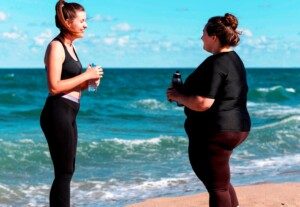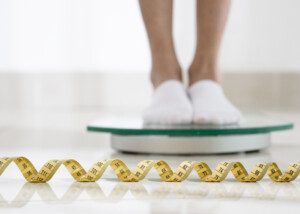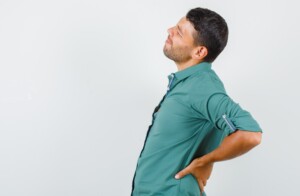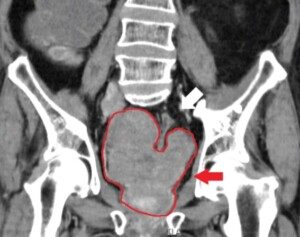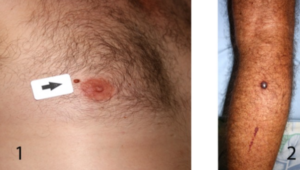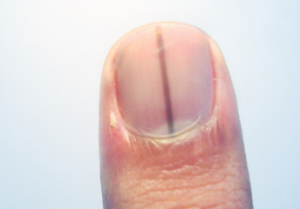As an obese body ages, will the extra weight expedite the need for a cane or walker when compared to older adults of normal weight?
We hear a lot about the dangers of being fat in terms of type 2 diabetes and heart health.
But more attention needs to be given to eventual mobility impairment.
The Purdue University Study
This study shows that older adults who are obese tend to start using walkers, canes, grab bars and other mobility aids earlier than people in lower weight categories.
This really shouldn’t be surprising. If you’re a younger adult of a normal weight, imagine stepping into a 100 pound fat suit and then trotting down a staircase.
Imagine what wearing that suit for the rest of your life will do to your musculoskeletal system.
The research says it’s not simply about getting older. It’s about how carrying extra weight affects everyday movement as the years go on.
How the Study Worked
Researchers followed a large group of adults 65 and older for roughly a decade.
Throughout those years, they tracked when people began using different kinds of assistive devices.
The pattern that emerged was consistent and strong: Obese participants were more likely to begin using mobility aids, and they tended to need them sooner.
Interestingly, people who were what we’d consider “just overweight,” husky, plump or thick didn’t show the same dramatic jump in device use.
But the extra weight still raises the likelihood of becoming obese later, which then increases the risk of mobility disability.
Why Extra Weight Creates Earlier Mobility Impairment
The study described a kind of loop that’s difficult to break.
When someone has reduced mobility, they move less.
When they move less, they burn fewer calories.
As fewer calories are burned, weight is more likely to increase.
And as weight increases, mobility usually becomes even more limited.
This nasty cycle can gradually push a person towards needing support devices earlier in life than they might otherwise have required.
One interesting component of the cycle deserves some mention, and this wasn’t part of the study.
A person who begins losing lower body mobility can still put in a killer upper body workout at the gym, helping to offset that lower calorie burn throughout the day by building lean muscle.
Muscle requires higher energy needs just to exist, and this fact of biology can keep a person’s weight under control.
Getting back to the study, lower body limitations appeared to be the biggest driver behind the use of walkers, canes and similar aids.
Trouble with standing or walking factored into these decisions more strongly than did upper body issues.
How Mobility Aids Change Daily Life
Using a mobility device is not just about walking from room to room.
For an older adult, it affects bathing, dressing and navigating the home.
It even influences the types of accommodations senior facilities need to plan for, such as wider hallways, larger beds and more accessible bathrooms.
Steps to Help Slow the Need for Mobility Aids
The paper explains that a healthy weight throughout life will help preserve mobility later on.
For anyone in doubt of this, think of how, when you’re on a highway that’s beginning to incline, the 18-wheeler trucks slow down – really slow down – while sedans or motorcycles are still whizzing by.
Another way to see this is to imagine that every adult has the same horsepower.
The heavier the adult (by body fat, not height or muscle), the more difficult it will be for that fixed amount of horsepower to effectively move that body in daily living.
Weight doesn’t just matter at age 70; it’s the cumulative effects over many decades that shape how the body ages.
When kids carry excess weight, their growing hip and leg bones, plus growth-plate cartilage, sit under constant extra stress.
Systematic reviews show that childhood obesity is strongly linked to joint misalignments like bowed or splayed legs, and spinal posture issues.
Over time, wear on joints is accelerated, increasing the risk of osteoarthritis in adulthood — especially in knees and hips — and can hasten the need for mobility devices later on.
![]()

